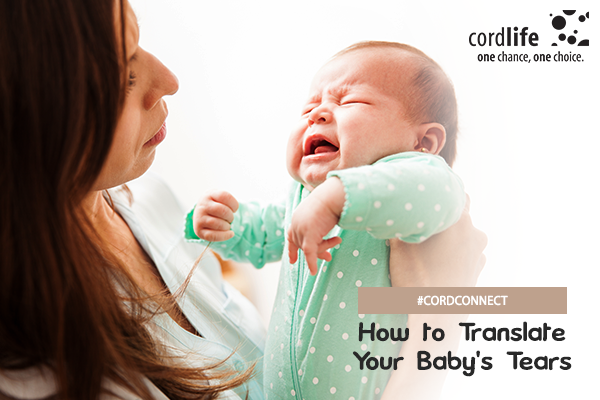Table of Contents
The special bond between a mother and a child needs no introduction as it has always mesmerized the human race from ages with its incredible elements. Especially when the child is a baby, without having learnt verbal communication or when the baby is a neonate without even signs and gestures; mothers still understand their babies’ needs and Mother Nature has imbibed that inherent communication in both of them.
An infant child may have various requirements such as hunger, sleep, irritability due to wet nappies, colic pains, sense of security, airy stomach and so on. Since they do not learn how to emote their requirements by this age, it becomes essential to make an extra effort for the mothers to decipher them. Especially in the first four weeks of an infant’s life, it is all the more chaotic as it is the beginning of a communication in a long lasting relationship. New mothers and fathers may worry when the baby cries not knowing the concrete reason behind. However, it is important to understand that crying is the babies’ only means of communication and they cry for good and bad. Although it seems ridiculous, infants cry even if it is not a worrisome situation.
Medical professionals in fact consider crying as a neurological phase that the babies go through. The baby’s crying period at the very peak is generally between 4 to 8 weeks and it gradually lessens by the end of the year, that is, around 12 weeks. Till that time, it is no less than a feat for a new mother to understand the types of crying and the tips to pacify the child according to his/her requirements. Isn’t it surprising to know that babies cry to attract parent’s attention? They expect responsiveness from the mother and can we stop ourselves from responding when the tiny souls demand attention? Well it is hard to ignore and does not make sense!
The first impression a parent gets when the baby cries is of hunger. But it may not be necessarily that. Initially, the caregiver can feed the baby, complete the burping task, change the diaper, put her to sleep, take her into the lap, etc. on a trial and error basis. It should be one amongst these reasons. If the baby pacifies, you need to be appreciated for decoding it right. If not, try and attempt to do the following things.
Decipher The Tears
- Sing a lullaby song as babies do not sleep on their own even if they feel sleepy. Some babies want to be put to sleep. And we have to follow their order for the kind of adorable creatures they are.
- They may be comforted with a rocking action in the cradle or on a rocking chair or in the arms of the parent. This probably makes them feel that they are being attended.
- A good warm bath may put the baby at ease if he is irritated. Many babies enjoy a bath while few of them feel scared. If so, try another trick!
- Many babies instantly stop crying on offering a pacifier.
- Take the baby out for a walk. They explore the world more than what we think. Aid them in their exploration. If walking does not suit you, try going for drive instead.
- Try the football hold, with her body on your arm. They love this gesture and at times this magically works.
If any of these tricks have worked, congratulations!! If the baby continues to cry, it does not mean that you failed as a parent. Try being more and more creative in approaching the baby while offering comfort. One or the other works for sure!
